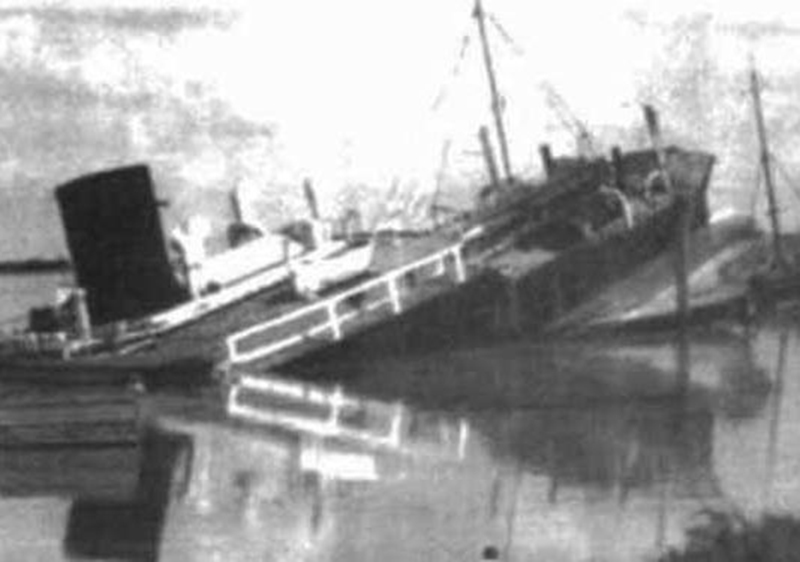Introduction
Upon tremendous triumph and success of Pakistan’s military campaign “Operation Searchlight” (March-May 1971), the Mukti Bahini (Bengali local troops hailing from eastern Pakistan), resistance and protest against forceful accession crumbled to bits. The military campaign, driven under the able leadership of Pakistan’s military dictator General Yahya campaign and his Junta, came out as victors in the said operation. The Bengalis in the eastern Pakistan province suffered an exponential loss of lives. Many leaders, intellectuals and students were captured and even massacred. Several soldiers, as well as officers which identified with the Bengali ethnicity, were murdered in broad daylight. The Mukti Bahini’s defence and resistance was overpowered and outfought by the mammoth unquantifiable number of Pakistani troops. Running away and seeking refuge on Indian soil seemed to be the only option to save lives. As a result, with over a month of ensuing extreme chaos and catastrophe, East Bengal or East Pakistan was deemed to be “pacified” via Islamabad.
The resurrection of Bengali Fighters under the Umbrella of Indian Navy
Many influential leaders of resistance groups along with local left-over fighters managed to escape the Searchlight. The influential leaders went ahead and set up a government-in-exile under the Indian Government aegis and planned to strike back at the invaders. The Bengalis were determined to wreak even more destruction and act in pursuance of strict vengeance. But since the government and the people were working under the enveloped Umbrella of the Indian republic, they were on a short leash. India did not want to enter into military combat with the then, America’s closest ally without proper preparation as it did not want to revisit and relive the horrors of 1962 and 1965. Furthermore, the Pakistani Troops were no minnow. And to climb the eastern side of Bengal or Bangladesh was difficult. Evaluating these circumstances, it was a better thought decision from the Indian government to not make decisions reeling from vengeance and despair. Howbeit, India was keen on implanting surgical strikes as the neighbours’ increased belligerence would not go unnoticed and unpunished.
Naval fourses join hands
Following the arrest of the former prime minister Sheikh Mujib Rahman, Bangladesh was declared as an independent state on March 26, 1971, by Major Ziaur Rahman. At the same time, Pakistani Navy officers were travelling to France to pick up freshly made submarines (PNS Mangro) for the country. It is imperative to note the voyage of sailors including 13 Bengalis. After the news of Bangladesh proclaiming independence, eight of the sailor comrades escaped before the sailors of Bengali ethnicity turned on them, as the air around the subject has been quite tense and the Bengali sailors have been extremely disturbed. As a result, the sailors left after the escape of eight comrades were inclined towards the Bengali’s struggle and the quest for vengeance, and therefore after a harrowing journey of backstabbing and crisscrossing, the sailors reached India and joined the Mukti Bahini. While the new regiment of sailors was getting accustomed and acclimatized to the Mukti Bahini paradigm, the Indian Navy along with Mukti Bharti have already decided to command a naval operation to target Pakistani assets.
The Attack
Owing to the RAW’s intel, India blocked the air route from West Pakistan to Bangladesh. As a result, only the sea route was open for Pakistan to exploit. Pakistan had to sever the sea route as it had to ferry thousands of soldiers and militia across Bangladesh. In pursuit of transportation, Pakistan also deployed its own special forces to intercept commandos of Mukti Bharti who came back to Bangladesh but gained minimal success. While Pakistani troops were busy in transportation and ferrying their soldiers, the Indian Navy in the early hours of 15th August, executed “Operation Jackpot”. Nine ships in Chittagong were blown up to ash by limpet mines. The operation crippled the whole transportation program of Pakistan and strongly delivered the message that Bangladesh has not been “pacified” and the storm of resistance, defiance and vengeance is grilling.
The war under the land lasted for more than 3 months. By the end of November, the Indian Navy along with Mukti Bahini sunk over 100,000 tons of shipping and assets with minimal casualties caused to themselves. The Indian Navy further provided the commandos with gunboats and other arsenal resources to fuel up their artillery. Gradually, as the war paced up, Pakistani forces in Bangladesh were throttled, in a state of panic. The control of Pakistan shrunk to urban areas and consequently surrendered on December 16 after the last big blow of resistance forces on 3rd December. In conclusion, the nation of Bangladesh was born.

